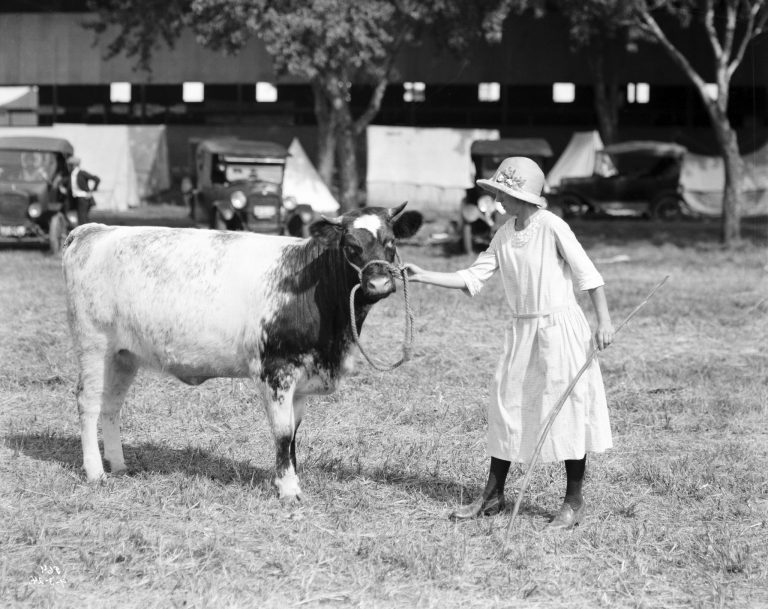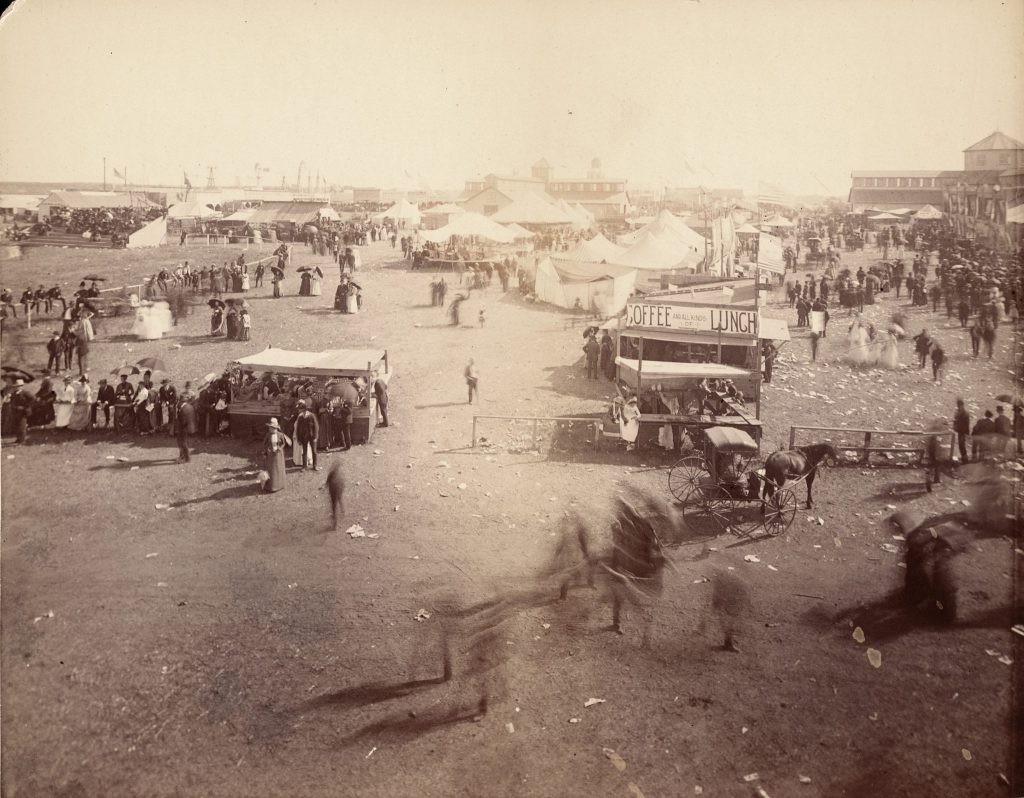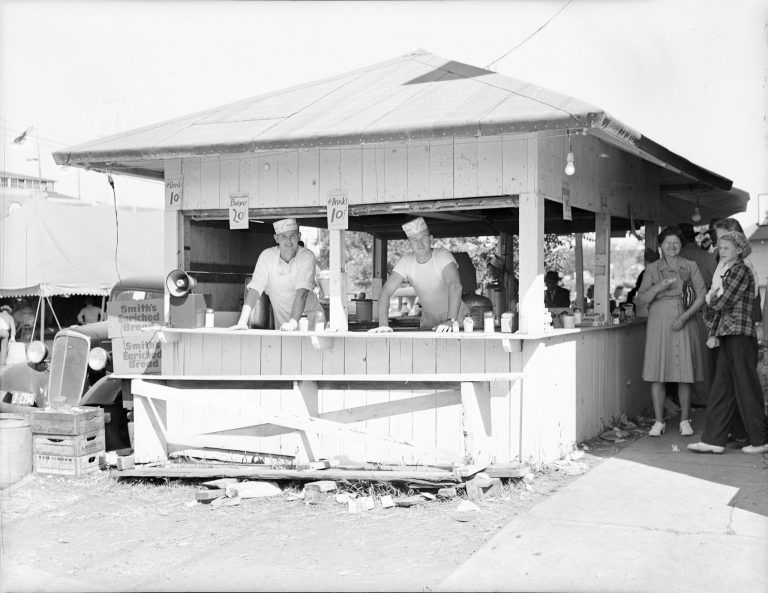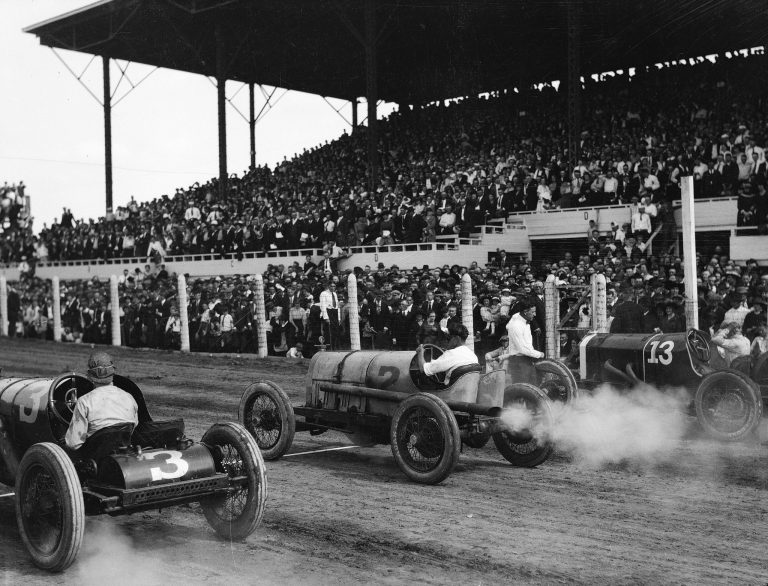
By History Nebraska
Nebraskans will celebrate the 150th Nebraska State Fair Aug. 23-Sept. 2, 2019. Can you name the fair’s five host cities, and the two years the fair was canceled?
Nebraska City hosted a three-day territorial fair in 1859, and the first two state fairs were there in 1868 and 1869. Brownville hosted for a few years, then Omaha and Lincoln switched back and forth until Lincoln became the fair’s longtime home from 1901 to 2009. Grand Island has been the host city since 2010.

No fair was held in 1898 because host city Omaha was putting all its efforts into its Trans-Mississippi and International Exposition, a World’s Fair-type event. And the U.S. government suspended fairs in 1945 due to World War II.

From the beginning, fair promoters disagreed whether the fair was primarily about education or entertainment. In 1868, future Nebraska governor Robert Furnas of Brownville scolded readers of the Nebraska Advertiser: “Don’t go into sideshows to see fat women, or a calf with two heads and eight legs, or any other monstrosities; but look at the stock, examine the points and make note of where you can purchase a fine Short Horn or Chester White, or any other desirable stock.” At a time when the great majority of Nebraskans were farmers, Furnas believed that the fair’s main purpose was to improve people’s lives by improving agriculture.

Meanwhile, gambling and liquor were allowed at the fair until 1879, and early newspapers complained of “indecent shows.” The popularity of horse races, entertainers, and carnival-style midways may have disappointed the purists, but the fair relied on the big crowds those events drew.

Even Furnas acknowledged that the fair offered “a week of recreation for every family,” and that “it happens on many farms that there is really no let up,” making it hard to get away. By the time they arrived at the fairgrounds, in other words, most Nebraskans believed they’d earned the right to enjoy themselves.
Visit History Nebraska’s website at history.nebraska.gov.
